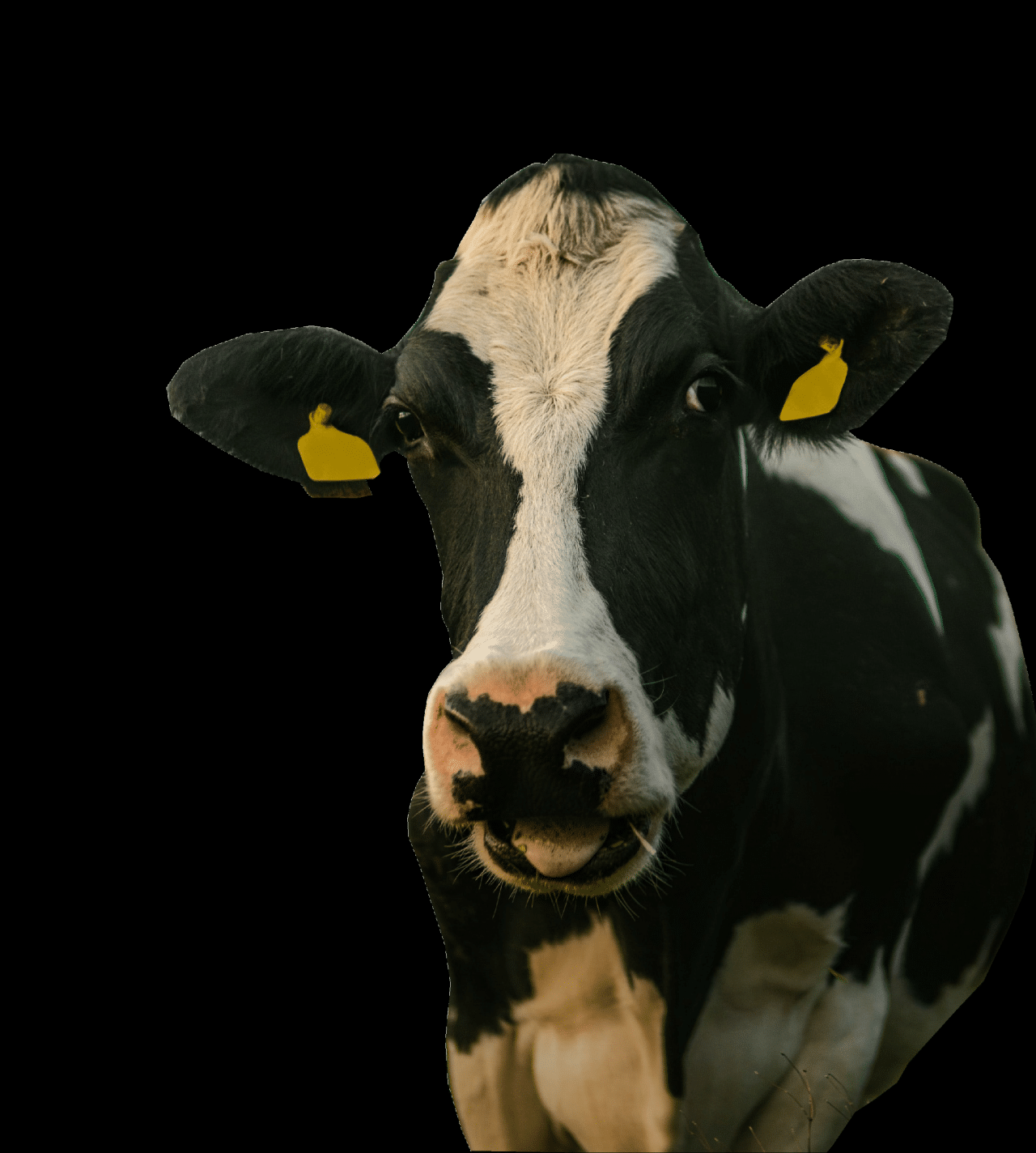Current status of the dairy industry in Kenya
Dear farmers, stakeholders and dairy enthusiasts, it is our pleasure to present to you our latest issue. The annual Special Dairy Edition. It is the first of its kind in a series of special publications from the Smart Farmer Africa team. It is unique, unlike our regular magazines that cover the breadth of the sector, this dives into the dairy industry.
While we continue with our regular editions, the decision to produce an in-depth, informative, and educative publication became necessary. This will serve as reference material for the sector and was informed by concern about its current status.
In our continued research across the agricultural spectrum, we realised that the dairy sector is on a ‘burning platform’. It either swims ashore to safety or burns. A number of challenges plague the industry and pose a huge threat to a once very vibrant and lucrative industry.
The burning platform imagery was painted by an expert in the dairy sector, arising from a true story. This was the burning oil rig in the North Sea in 1988. The tragedy was caused by lack of attention, and failure to check simple systems that were working for the decade. In the incident, an alarming 167 men perished. Whereas three faced the decision of either diving into freezing waters or standing at the rig and waiting for help. Two men dived in and survived with injuries but one waited and was burnt to death.
Kenya’s dairy industry’s downward trend
Kenya’s dairy industry finds itself in similar circumstances. It is at a crossroads and must either shape up or perish! According to experts, if things don’t change, Kenya could become a net importer of dairy products within 15 years. For some years now, Kenya’s production has stagnated at about 5.2bn litres per year. This trend shows 1.8m farmers producing milk from 4 million cows. In comparison, with only about 18,000 farms, Israel, a small desert country of about 4 million people, produces 12.5bn litres annually. Ireland, also a small country, produces about 10pc of the world’s milk. And while global averages per cow daily stand at 15-20 litres, in Kenya, it is between four and seven litres.
The sector has also lost its competitive edge and exports have dwindled due to poor milk quality. It is worrying as Kenya was a trailblazer in dairying on the continent and performed extremely well in the past. What went wrong?
We sought expert views on what led to this situation and bring you an in-depth coverage of our findings. This process allowed us to share these expert views and their solutions.
This is captured in the first part of the magazine. We also analyse trends in the sector, discuss milk quality, regulations, and proposed dairy models. Among the reasons pointed out for low productivity is lack of adequate knowledge among dairy farmers on best practices. The second section has a rich offering of informative articles that address production from calving through to lactation. We hope you will enjoy and reap great benefits from this edition that we have compiled with both love and passion for the sector and our farmers. Asante!
We hope that this will be invaluable to our farmers. A tool to enable a boost in production to international standards and get better returns.
Get your copy: HERE
`



